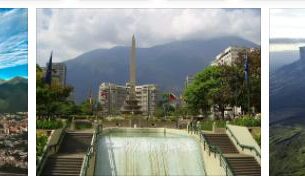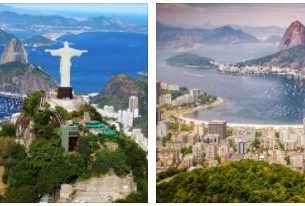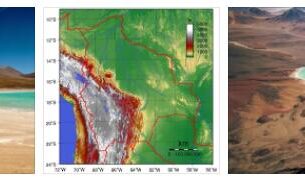According to nexticle, indigenous people of Peru are the so-called Quechúa and the Aymará. In judging the significance of the anthropological characters of the ethnic people of Peru it is extremely important to take into account the facts presented by Bolivia, because they are more characteristic and better known. In this region an anthropogeographic division is clearer, as the lowest area of the Andean plateau is still inhabited by the Quechúa, while the highest region, that of the so-called Royal Cordillera, is inhabited by the Aymará. A French mission led by Crequi de Montfort took quite numerous anthropometric measurements in this region and the material was processed by Chervin. Except that the analysis criteria applied by this author were quite insufficient, hence a distinction between the two types or groups of population was far less profound than it actually is. Sera, on the basis of a more rigorous geographical analysis, a more minute morphological analysis and with better statistical methods, succeeded in a very strong differentiation of the two types Quechúa and Aymará and came to the conclusion that the second represents an older human stratification, a much more extensive time, presenting a generic Mongolism, as given by the first facial type of the same author (Tibeto-Polynesian). The Quechúa type, where it is purest, is very different from the Aymará one, and in terms of the characters of the face it approximates the Melanesoid type. But many other characters separate the two ethnic groups.
It is now known that the Aymará language recedes before Quechúa. It would have been more widely preserved in Bolivia, perhaps only due to the presence of a plateau which constituted a place of refuge. And the same can be said for the aymarȧ anthropological type, which has remained relatively pure only due to the special conditions of isolation. It is therefore legitimate to suppose that in Peru the anthropological type aymará was more widely absorbed in the Quechúa ethnic groups that have been most modified, so we cannot expect that in it, and especially in the higher localities (Cuzco), the Quechúa characters are pure. The differentiation of the two types is therefore best shown by the facts presented by Bolivia.
Here are some main notes of the two types: for the height there is no significant difference between Quechúa and Aymará, being approximately cm. 160. Quechua could be taller than 1cm at most. For the skeletal index (45,3) the Aymará fall into the category of brachischelia (short legs), the Quechúa, on the other hand, where they are purest, have a skeletal index (48.1) of attenuated macroschelia. The width of the face is much more sensitive among the Aymará, averaging 5 mm; the Aymará have a longer and lower cerebral skull than the Quechúa. The Mongolian eye is significantly more frequent among the Aymará, who also have a more depressed root of the nose, a much stronger nasal height, a strongly receding and relatively narrow forehead, in comparison with the Quechúa. The face has maximum differences. It is enormously high in the purest Aymarȧ, and medium in the Quechúa. Having the former also very large, they can be called macroprosopes. The shape is oval, elongated, in the former; rectangular, square in seconds. The upper lip is very high in the former, rather short in the latter. The chin is receding in the Aymará, well formed in the Quechúa. The skin and eye color is lighter in the Aymará. GS
Religion. – The vast majority of the population is Catholic and the Catholic religion is the religion of the state. However, there are also groups adhering to the various reformed religions.
At the time of the Spanish conquest, the missionaries who dedicated themselves to spreading the Gospel among the natives were first the Dominicans, then the Franciscans, the Augustinians and, from 1568, the Jesuits. The Inquisition was established there in 1570, abolished in 1813, re-established in 1815, definitively abolished in 1820.
The first bishopric erected in the territory of Peru was that of Cuzco (1536); it was followed by that of Lima (1543), later elevated to the subway (1546). Now the ecclesiastical province of Lima has nine suffragans, namely: Cuzco, Arequipa (1577), Ayacucho or Huamanga (Huamanga, 1609; in 1838 transferred to Ayacucho), Cajamarca (1908), Chachapoyas (1843; formerly Maynas, 1805), Huánuco (1865), Huarás (1899), Puno (1861), Trujillo (1577). There are also the apostolic vicariates of S. León de Amázonas (1921; apostolic prefecture, 1900), Ucayali (1925; apostolic prefecture, 1900) Urubamba and Madre de Dios (1913; apostolic prefecture, 1900); and the apostolic prefecture of S. Gabriel (1921; residence in Yurimaguas on Huallaga), respectively entrusted to the Augustinian hermits, the friars minor, the Dominicans, and the Passionists.



